How to Create a Template Letter of Demand
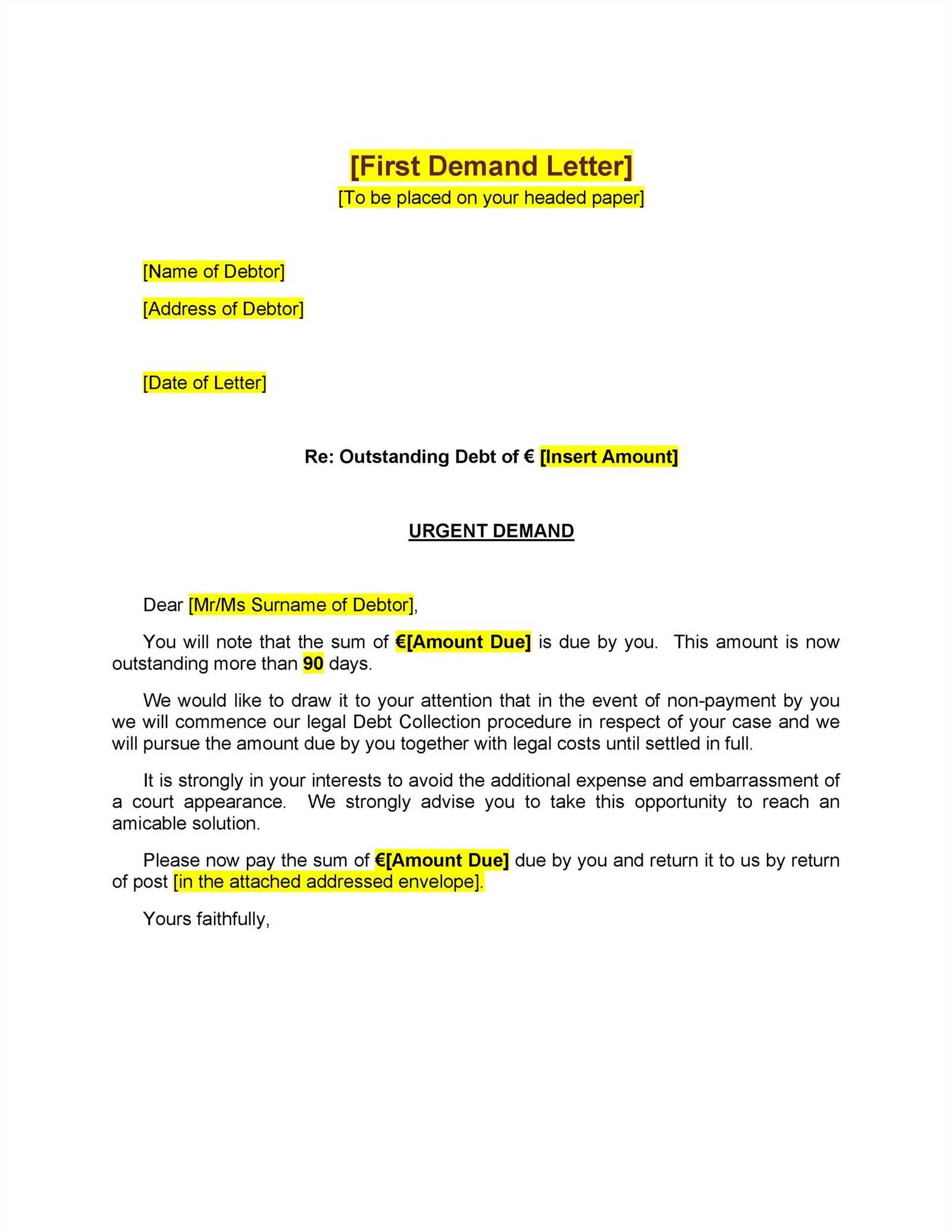
In various situations, it may become necessary to formally ask someone to fulfill their financial obligations. Whether due to unpaid invoices or unsettled agreements, a well-crafted request can be essential for ensuring resolution. By utilizing a structured approach, you can improve the chances of receiving what is owed to you.
Key Elements of a Formal Payment Request
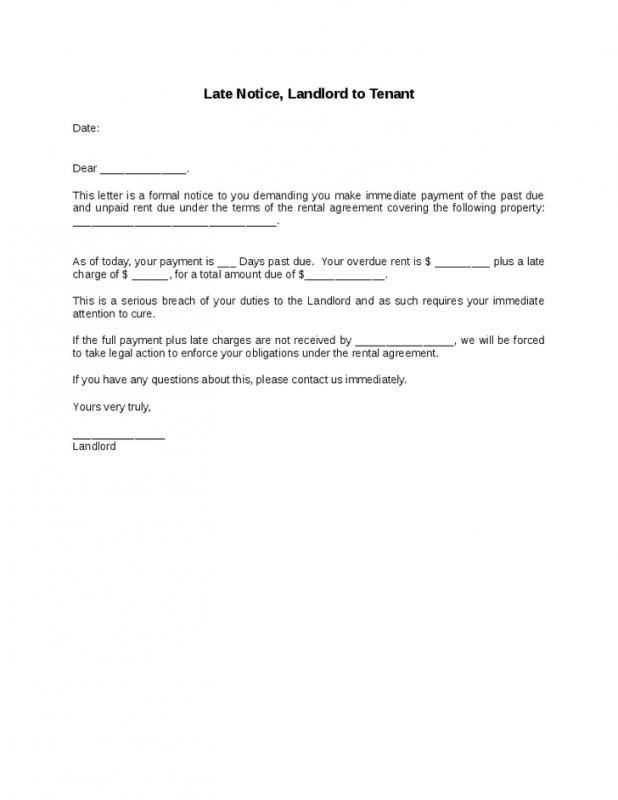
When crafting an official appeal for payment, certain components are crucial to making it clear and effective. These elements help ensure that the recipient understands the issue, its urgency, and what is required on their part.
- Clear Identification – Include your name, contact details, and a brief description of the matter at hand.
- Specific Amount – Mention the exact amount that needs to be paid, including any overdue charges or interest if applicable.
- Deadline – State when the payment should be made to avoid further complications.
- Consequences – Politely inform the recipient of the potential next steps if the request is not met, such as legal actions or involving a collections agency.
How to Structure Your Request
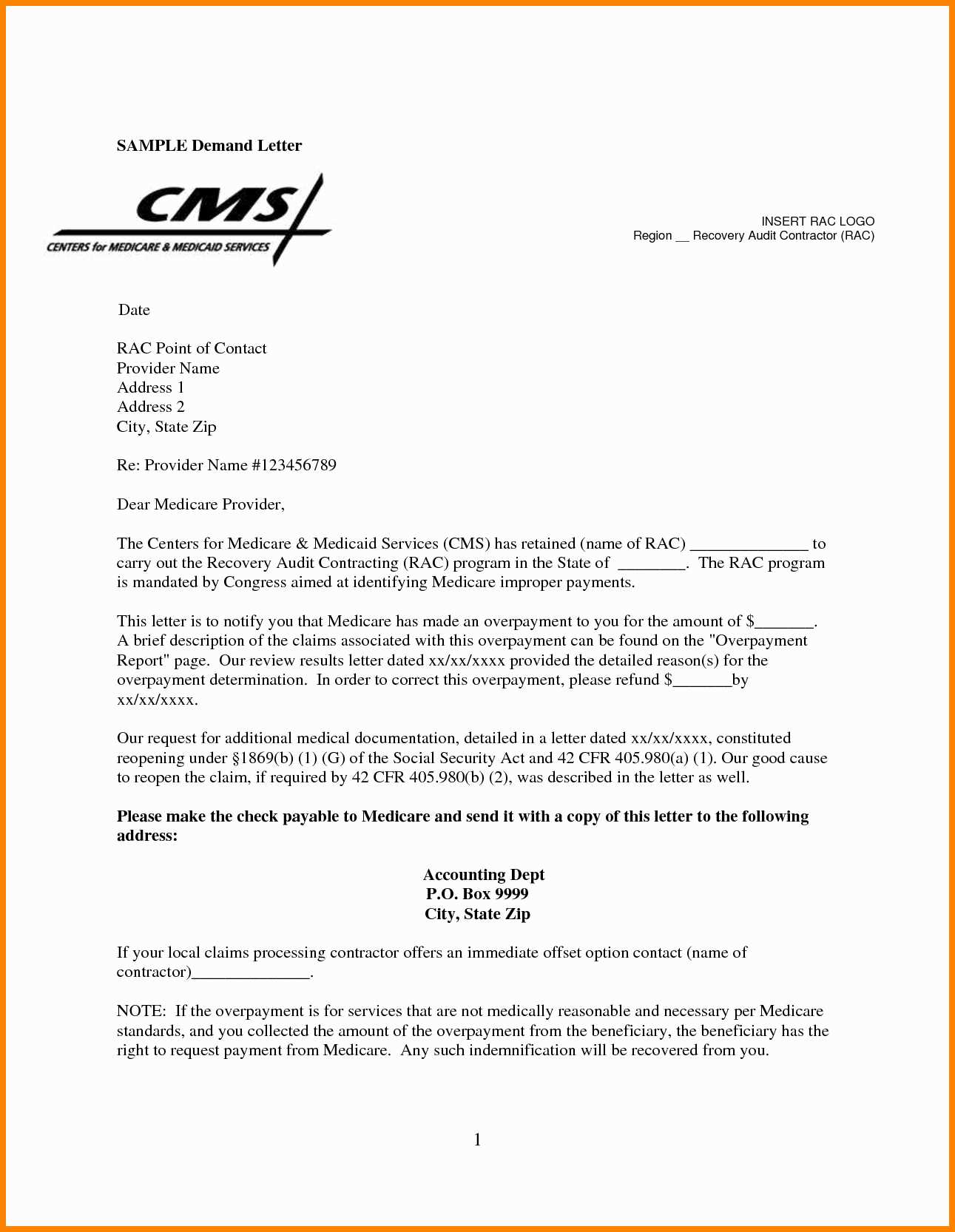
To maintain professionalism and clarity, the document should follow a logical flow. Begin with a formal greeting, then introduce the issue, providing all necessary details. After that, outline the expectations and request for payment in a polite yet firm manner.
- Introduction – A brief explanation of who you are and why you’re reaching out.
- Details of the Obligation – Provide information on the unpaid amount and any prior communication about the issue.
- Request for Resolution – A polite but firm request, including a timeline for when you expect payment.
- Closing – A professional ending that thanks the recipient for their attention, along with your contact details.
Common Mistakes to Avoid
Even with the best intentions, mistakes can reduce the effectiveness of your request. It is important to avoid vague language, leaving out crucial information, or being overly aggressive in tone. A balance of professionalism and assertiveness will likely yield better results.
- Being Too Harsh – Aggressive language may alienate the recipient and make resolution less likely.
- Overlooking Details – Missing information like exact amounts or dates can lead to confusion and delay.
- Failing to Follow Up – After sending your formal request, it’s important to follow up if no response is received.
What to Do After Sending the Request
If the payment is not made by the specified deadline, consider next steps. A friendly follow-up reminder can often prompt the recipient to take action. If further delay occurs, you may need to consult with a legal professional for advice on escalation procedures.
Understanding the Importance of Formal Requests for Payment
When financial obligations remain unmet, it’s vital to address the issue formally and effectively. A professional request not only highlights the urgency of the matter but also serves as an official record of your actions, which can be crucial in case further steps are needed. This section explores key strategies for crafting an impactful request and following through with the necessary actions.
Key Elements of an Effective Request
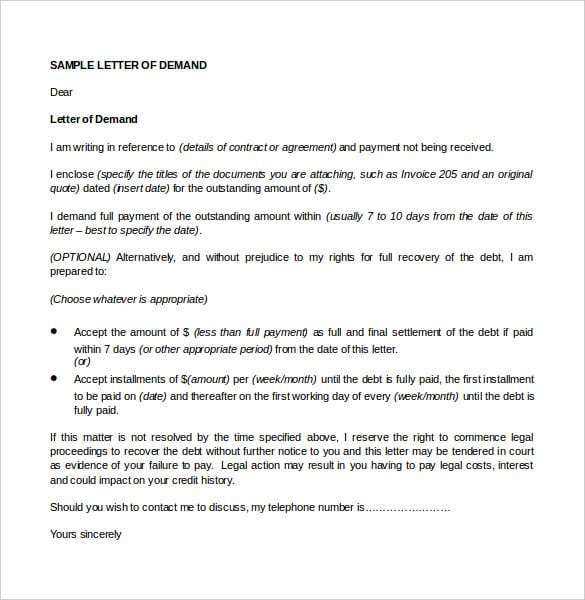
A successful payment request must include clear, specific, and relevant details. These are essential for conveying the message and ensuring that the recipient understands the gravity of the situation.
- Accurate Information – Include your name, contact details, and a description of the issue in question.
- Clear Financial Details – Specify the exact amount owed, including any additional fees or interest that may apply.
- Timeframe – Indicate when payment is due and the consequences of missing the deadline.
Steps for Crafting a Persuasive Request
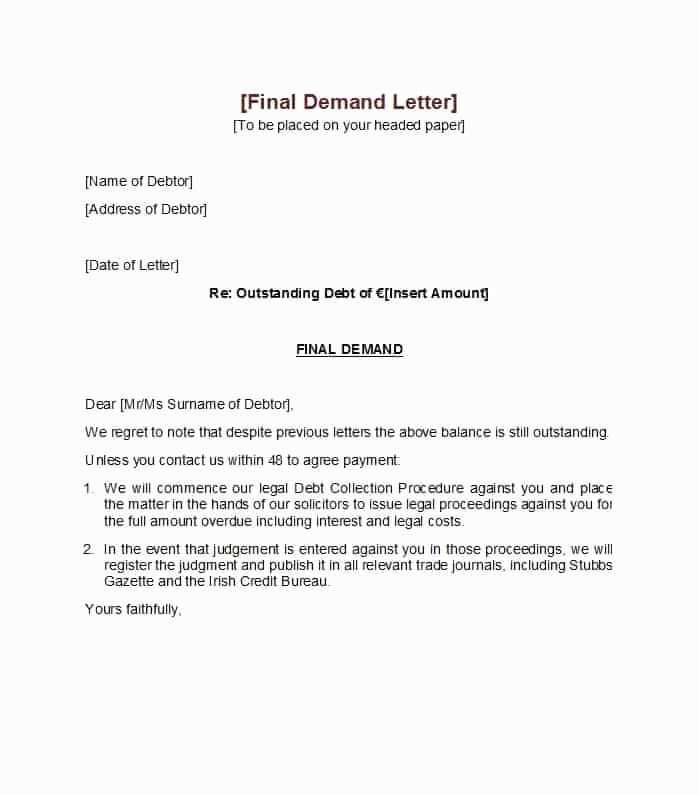
To ensure that your message is well-received, structure it in a way that remains professional while conveying the seriousness of the situation. Present your case logically, focusing on the facts, and maintain a courteous yet firm tone.
- Opening Statement – Begin by introducing yourself and stating the purpose of your communication.
- Details of the Obligation – Provide all necessary details, including the outstanding amount and any previous communications or agreements.
- Call to Action – Clearly state what you expect from the recipient and when the matter should be resolved.
- Conclusion – End with a polite closing, reaffirming your expectations and offering your contact information.
By structuring your communication with these elements, you increase the likelihood of receiving a timely resolution while maintaining professionalism throughout the process.
Common Errors to Avoid in Legal Correspondence
Even with the best intentions, missteps can diminish the effectiveness of your request. Avoid these common pitfalls to ensure that your appeal is clear, respectful, and persuasive.
- Ambiguous Language – Vague terms can lead to confusion and delay. Be specific about amounts, dates, and expectations.
- Overly Aggressive Tone – While firmness is important, being too harsh may alienate the recipient and hinder resolution.
- Lack of Follow-Up – Failing to follow up after sending your initial request can result in a prolonged delay or complete inaction.
By avoiding these mistakes, you can maintain a professional approach that encourages cooperation and prompt action from the recipient.
How to Follow Up After Submission
If the recipient does not respond within the specified timeframe, it is essential to follow up with a polite reminder. If further non-compliance occurs, more formal actions may be necessary, including seeking legal advice or initiating a formal dispute resolution process.